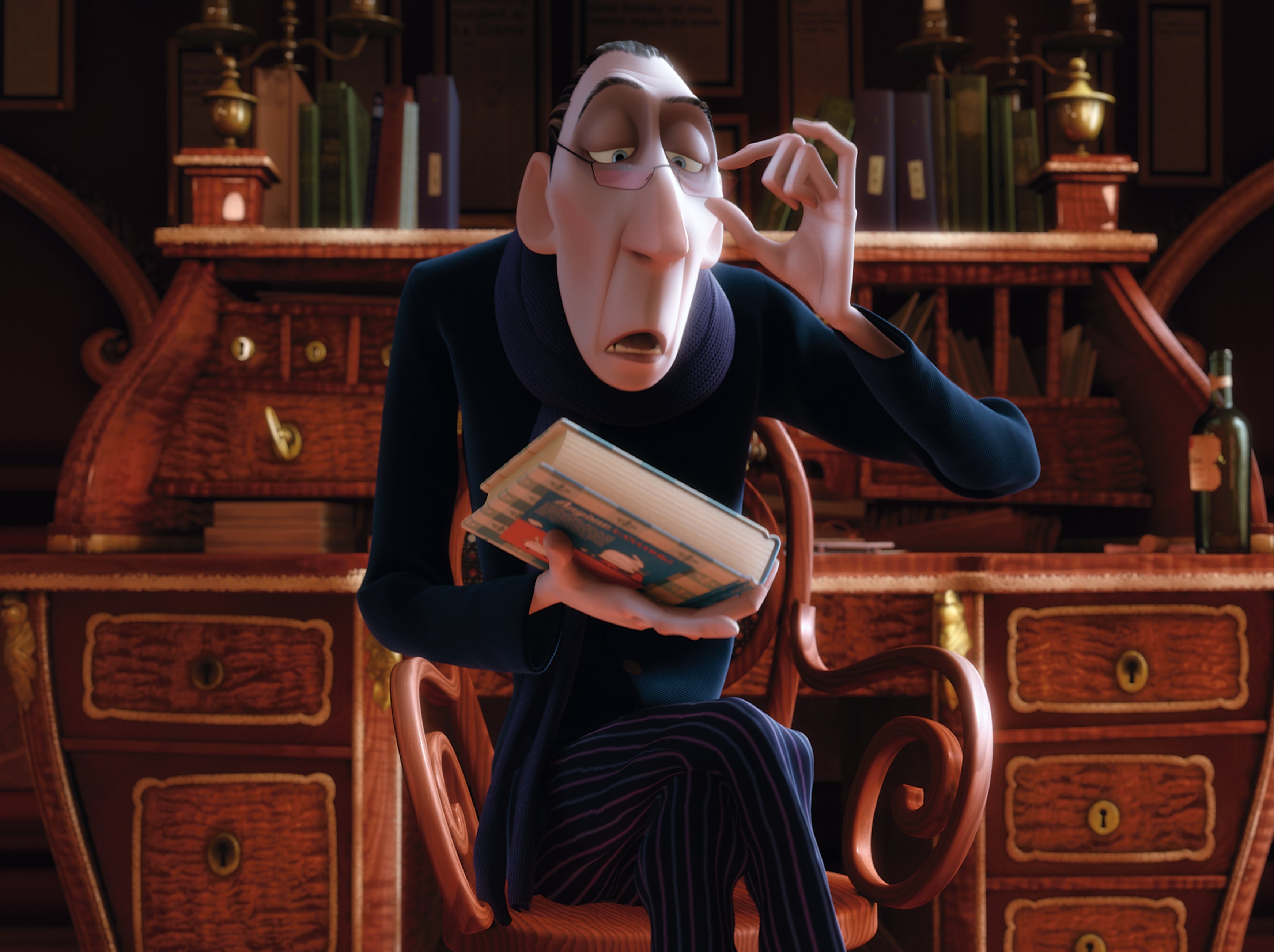
One of the best parts of being a writer is getting to read another writer’s work before it goes out to the public. It’s one of the most stressful times for any writer, too. Getting any kind of report back on one’s abilities to tell a story can be nerve-wracking. No one wants to hear “you suck” or “sorry, I just didn’t like it.”
So I try not to do that.
When I’m reading someone’s work I’m always going to make a note of what I liked. Always. “That’s a nice phrase” or “that made me chuckle” or “ROFLMAO” are nice to see in any notes.
But I’m getting ahead of myself. Let me reset just a second.
Okay.
First, I like critiquing – actually prefer – by using PDFs rather than Word docs. There’s nothing wrong with Word, we use if for notes in the Actionopolis books I write, and just about everyone has it. It’s an industry standard. But what it does is line up all the comments on the right side of the page with arrows pointing into the text. When there are four people commenting on a piece, it can get more than a little hectic.
Acrobat Reader. I can’t recommend this enough for anyone who sees a lot of PDFs. When I’m adding a note to a text I can move the call out box right into the paragraph and it points to exactly the point that caused me to want to make that comment. (I’m not sure if this is available in the basic free version you have to download in order to read PDFs from the web. I invested in Creative Suite and that’s the version I use. Your mileage may vary.) I’ve gotten feedback from one writer who says that it’s a lot nicer to scroll through and see those little boxes in the text than a rainbow bar of comments and changes on the right side.
That’s the visual stuff.
As for how I read for critique, generally the questions I ask of the author start with “Have you thought about…?” because I’ve found that really, really helps me. I live comment the first pass through, then delete things as I think are necessary. I’ll tell the author what I’m thinking as I read. “Did he really say that?” “I bet this is going to suck.” “Oh, yeah, now I hate you for what you just did.” I think this is so helpful because we don’t get that kind of feedback from ‘regular’ readers. It speaks to pacing and foreshadowing and all the little things we do to draw the reader in.
Finally, I offer an overall opinion and suggestions for improvements. Everything I offer is up to the author to take or leave. I make no judgement because I don’t know enough to be snooty about someone not taking my advice. I think it’s important that when I’m saying “you might rethink this passage” that I at least offer something that sparks an idea for the author to pursue. It probably isn’t what I would do (else I’d be writing the story) but that’s the process.
By the way this is what I want from people who are critiquing my work.
Look, I’m not a line editor nor a strict grammarian. You’re not going to get that from me. What you get are thoughts and alternate solutions. I think that’s way more helpful than pointing out misspellings and the common errors in usage. That stuff is for later drafts and the author will catch it as she’s editing herself.
Or at least I hope so.